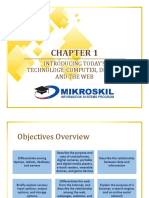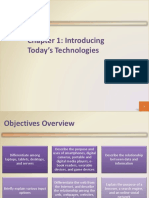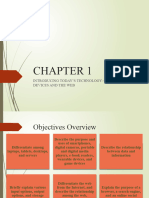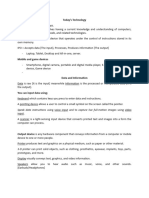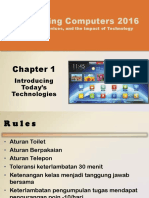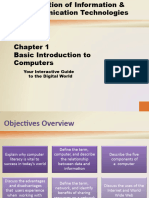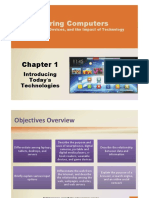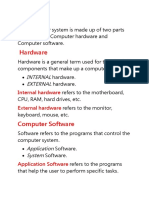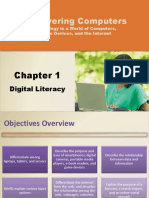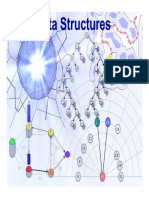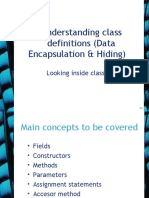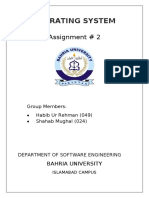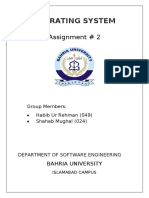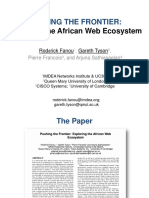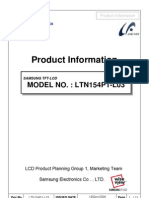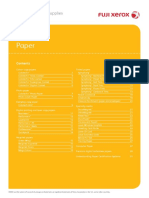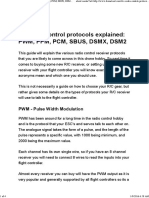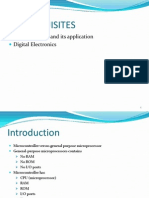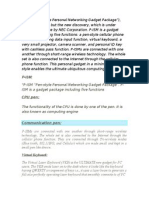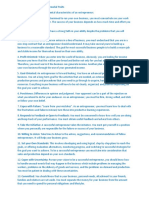0% found this document useful (0 votes)
74 views30 pagesCF 3introducing Computer Systems
This document provides an overview of key topics in digital literacy and technology. It discusses [1] the importance of staying digitally literate as technology changes, [2] common computer and mobile devices, [3] parts of computer systems including hardware, software, and data, [4] the internet and web, [5] digital safety, security, and environmental issues, and [6] how technology is used across different industries. The document aims to introduce readers to today's technologies.
Uploaded by
Habib ur rehmanCopyright
© © All Rights Reserved
We take content rights seriously. If you suspect this is your content, claim it here.
Available Formats
Download as PPTX, PDF, TXT or read online on Scribd
0% found this document useful (0 votes)
74 views30 pagesCF 3introducing Computer Systems
This document provides an overview of key topics in digital literacy and technology. It discusses [1] the importance of staying digitally literate as technology changes, [2] common computer and mobile devices, [3] parts of computer systems including hardware, software, and data, [4] the internet and web, [5] digital safety, security, and environmental issues, and [6] how technology is used across different industries. The document aims to introduce readers to today's technologies.
Uploaded by
Habib ur rehmanCopyright
© © All Rights Reserved
We take content rights seriously. If you suspect this is your content, claim it here.
Available Formats
Download as PPTX, PDF, TXT or read online on Scribd
/ 30








